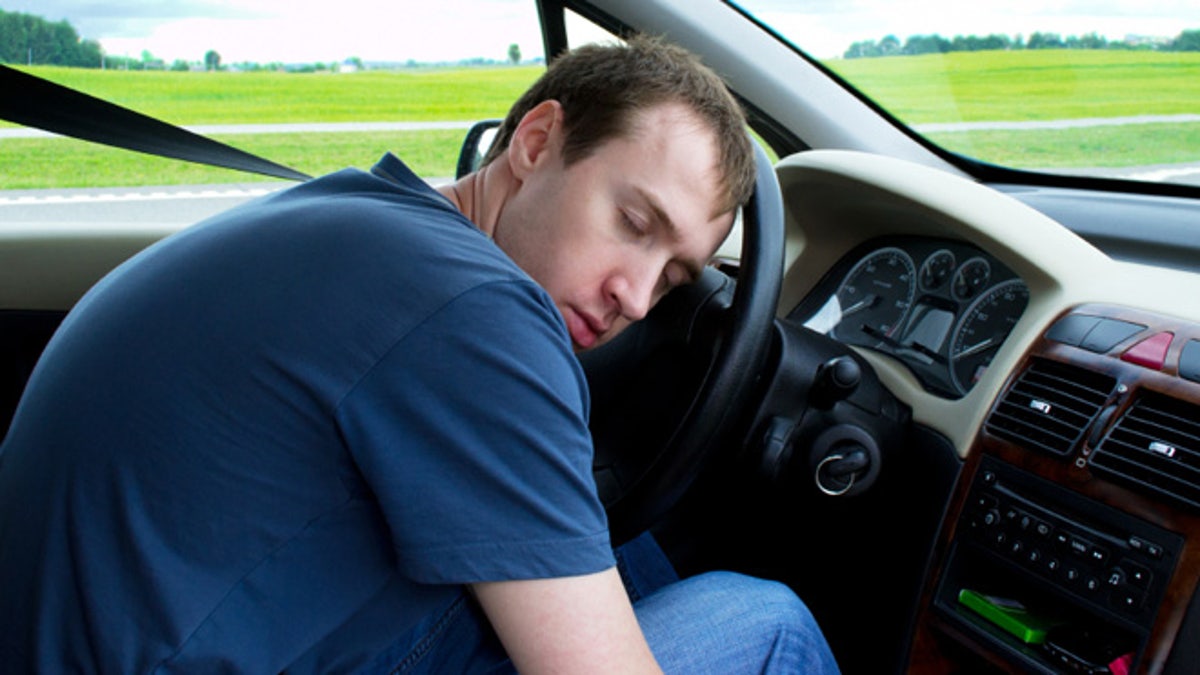
Among the unsafe behaviors teen drivers display behind the wheel, nodding off while driving – which hasn’t received nearly enough attention – ranks right up there as potentially deadly.
Now, a new study from the AAA Foundation for Traffic Safety finds that one in seven licensed drivers ages 16 to 24 admitted to nodding off at least one time during the past year. Compared to one in 10 of all licensed drivers who said they’d fallen asleep at the wheel, the AAA data shows young drivers more likely to engage in this dangerous behavior.
In fact, the recent findings mirror what the AAA found in a 2010 study of National Highway Traffic Safety Administration (NHTSA) crash data that showed this age group 78 percent more likely to be drowsy when involved in a crash than 40- to 49-year-old drivers.
The NHTSA data revealed that one in six deadly crashes involved drivers who had fallen asleep at the wheel, making drowsy driving a leading crash contributor.
Effects of driving drowsy
While eight out of 10 people consider drowsy drivers to be a threat to their personal safety, many of them also confess to driving that way themselves. Some 30 percent admitted to driving during the past month while they were so sleepy that they could hardly keep their eyes open.
With Thanksgiving approaching and the Christmas season right behind, young drivers will be pushing their driving limits to get home for the holidays. “Unfortunately, most drivers underestimate the risks associated with drowsy driving and overestimate their ability to deal with it,” said Peter Kissinger, AAA Foundation President and CEO, in a release. “That’s a dangerous combination.”
Research shows that driving while drowsy or tired can significantly impact driving ability, causing slower reaction times, judgment lapses, and impaired vision.
Warning signs
How do you know when a person is literally too tired to drive and/or already driving while drowsy? The AAA Foundation encourages parents to discuss the following warning signs with their teenage drivers and for the teens to monitor themselves and take precautions when any are present:
- Difficulty keeping eyes open and focused
- Frequent yawning and eye-rubbing
- Trouble remembering the last few miles driven and missing exits and traffic signs
- Daydreaming and wandering or disconnected thoughts
- Drifting out of the lane or off the road
There are some steps a drowsy driver of any age can take to ensure that they don’t become a victim of a crash or injure or kill others by driving while too fatigued. While we’ve covered these tips before, they bear repeating.
- Get sufficient sleep. Any lengthy trip should be preceded by a good night’s sleep. Experts recommend at least seven hours.
- Don’t eat heavy meals. When your stomach is overloaded with too much food, your system wants to naturally shut down, causing you to want to go to sleep. Eat lightly to prevent this from occurring. Save the heavy meal for after you arrive at your destination.
- Be smart about when you drive. It only stands to reason that you’d be better off driving during the daylight hours when you’d normally be awake. For that reason, avoid driving at times when you’d usually be sleeping.
- Take time for a break. Mile after mile on the road, for a person already tired, only serves to exacerbate the problem. It’s too easy to just drift off for a few seconds, which can prove deadly. Instead of pushing through, trying to get to your destination faster, stop and take a break every two hours or around 100 miles. Get out of the car and take a short walk, get a hot coffee, or maybe a snack. This will help you recharge somewhat and be better able to remain alert and in control behind the wheel.
- Forego medications before driving. Unless it’s absolutely medically necessary, don’t take medications – especially those that cause drowsiness – before driving.
- Bring along another driver. If at all possible, travel with a companion who is also a licensed driver so that you can switch off when you become too tired to continue.
Want more tips on how to improve safety on the road and avoid drowsy driving. Visit the National Sleep Foundation website, DrowsyDriving.org.